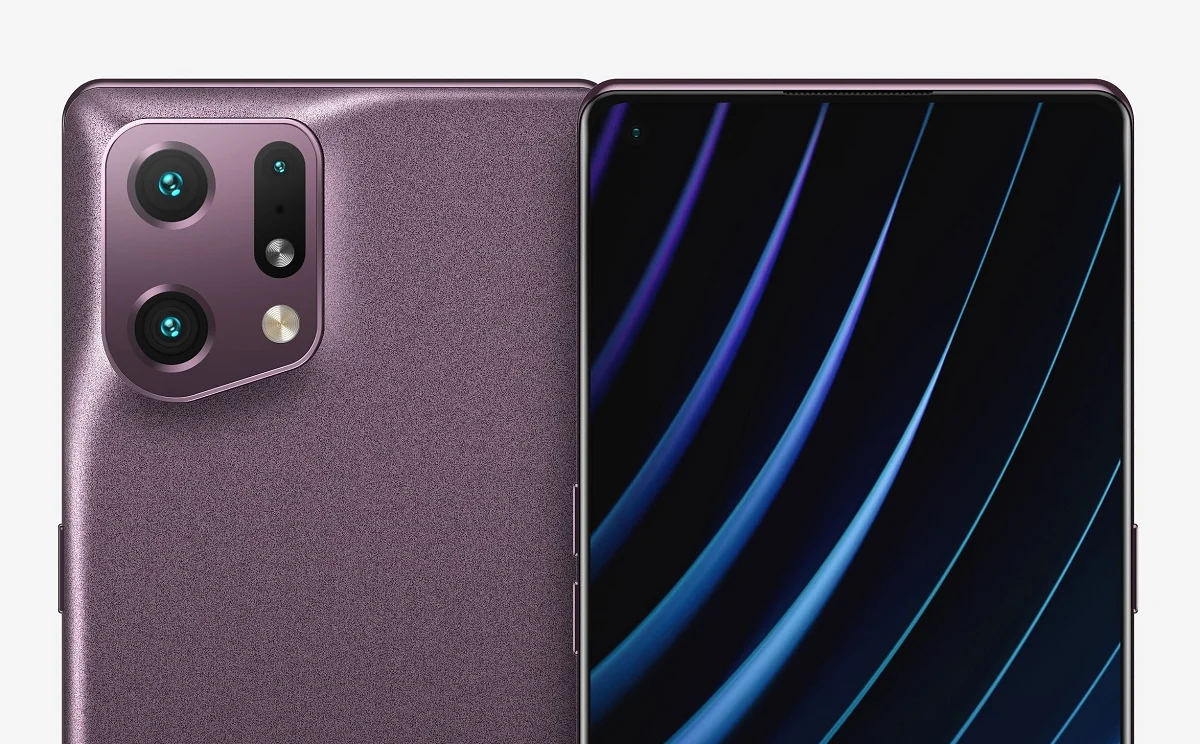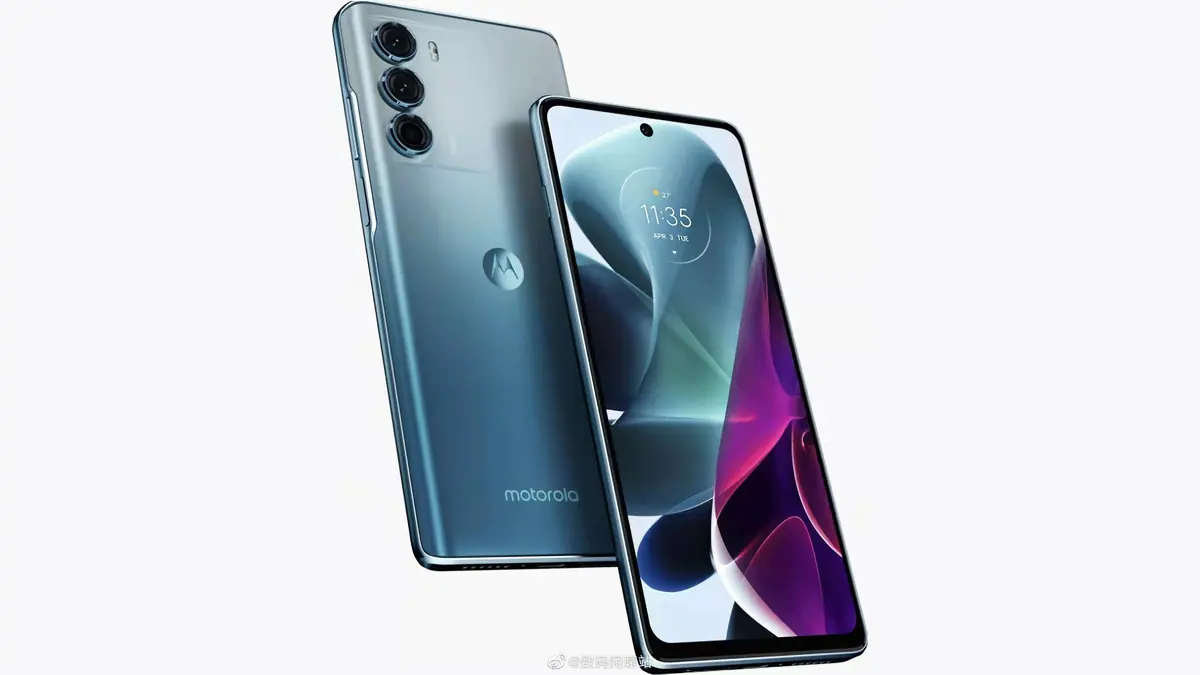The Express Cargo system consists of a fully automatic vacuum pipeline, lifting chambers, conveyor belt and electric doors for simultaneous loading and unloading. According to HyperloopTT, the system promises to surpass the delivery of goods by air or road in terms of speed and cost-effectiveness.
freight transportation
A feasibility study completed in 2019 found that a high-speed vacuum transportation system would be cheaper than air or road transportation. The company HyperloopTT, together with the British design firm Tangerine, developed a cargo transportation system that would meet four requirements:
- Integration into existing infrastructure.
- To maximize the volume of the cargo compartment inside the capsule.
- Extreme reduction in loading time.
- Possibility of adaptation to various customer requests.

Cargo version of Hyperloop / Photo from Hyperloop Transport Technologies
As a result, cargo containers with lower dimensions and doors for unloading and loading were designed compared to the large containers developed by HyperloopTT for the needs of maritime transportation. Reaching the target with a vacuum tube, capsules are automatically emptied — The containers of the delivered cargo are replaced with new containers.
A conveyor belt running parallel to the pipe moves the containers away from the compartments, which have been slightly modified to accommodate the dimensions of air cargo containers.

Conveyor belts for automatic doors / Photo: Hyperloop Transport Technologies

Automatic doors / Photo: HyperloopTT
What about passengers?
The company plans to integrate the Express Cargo system into a larger passenger transportation infrastructure in the future. According to the previously proposed plan, the passenger system would consist of similar capsules resembling the fuselage of an aircraft, moving like a maglev at speeds of up to 1,220 kilometers per hour in a vacuum pipeline.

Hyperloop / Photo: HyperloopTT

Visuals of the Hyperloop infrastructure / Photo: HyperloopTT

Visuals of the Hyperloop infrastructure / Photo: HyperloopTT
- In May, HyperloopTT and its partners received €800 million from the EU to build a commercial transport network in Italy.
- The Boring Company, founded by Elon Musk a year ago, started testing the Hyperloop system. An entry about this appeared on then-Twitter in November. It’s possible the track could be built in Texas, but there’s still very little information.



















